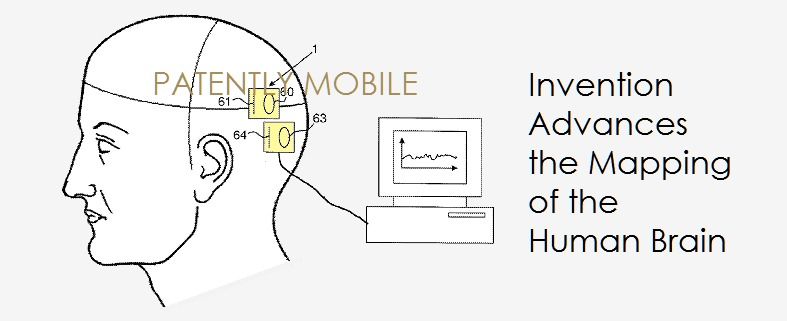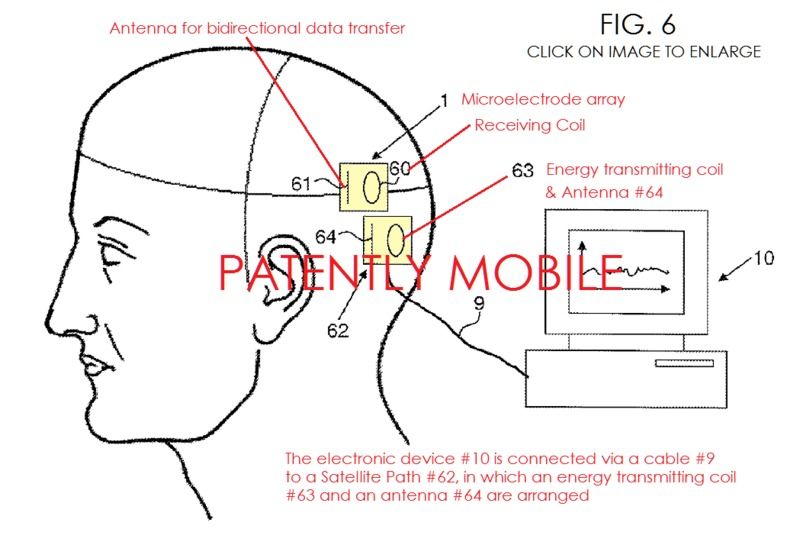Electrocorticography (ECoG) was pioneered in the early 1950s by Wilder Penfield and Herbert Jasper, neurosurgeons at the Montreal Neurological Institute. The two developed ECoG as part of their groundbreaking Montreal procedure, a surgical protocol used to treat patients with severe epilepsy. The cortical potentials recorded by ECoG were used to identify epileptogenic zones – regions of the cortex that generate epileptic seizures. These zones would then be surgically removed from the cortex during resectioning, thus destroying the brain tissue where epileptic seizures had originated. Penfield and Jasper also used electrical stimulation during ECoG recordings in patients undergoing epilepsy surgery under local anesthesia. This procedure was used to explore the functional anatomy of the brain, mapping speech areas and identifying the somatosensory and somatomotor cortex areas to be excluded from surgical removal. This week we learned that Google has filed a patent relating to this medical field titled “Microelectrode Array for an Electrocorticogram.”
Google’s patent FIG. 6 noted above shows an application of the microelectrode array 1 according to the invention when recording an electrocorticogram of a human being. The microelectrode array is wirelessly connected to an electronic control device 10, which comprises in particular an amplifier for the electrode signals and a data acquisition system. The microelectrode array, implanted e.g. below the patient’s scalp, has an energy receiving coil 60 and an antenna 61 for bidirectional data transfer between the microelectrode array 1 and the electronic control device. It is also possible for the energy receiving coil simultaneously to be used as an antenna, such that no separate antenna is required.

